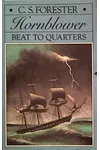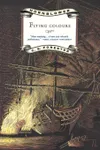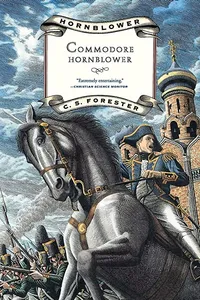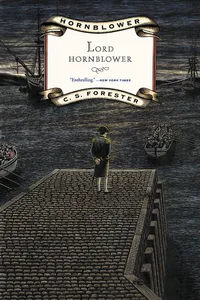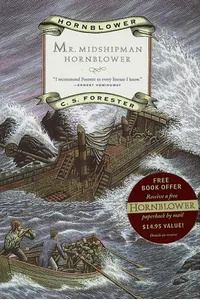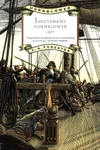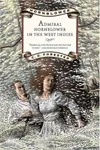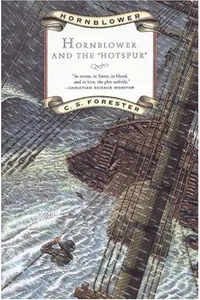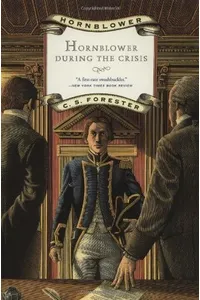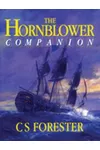Step aboard the storm-tossed decks of the Royal Navy and into the thrilling world of Horatio Hornblower, where naval battles, cunning strategy, and a hero’s self-doubt collide! C.S. Forester’s Horatio Hornblower series, set during the turbulent Napoleonic Wars, follows the rise of a brilliant yet introspective officer whose adventures have hooked readers since 1937. With its blend of historical grit and swashbuckling drama, this naval fiction saga invites you to sail alongside a character as complex as the seas he navigates.
From humble midshipman to Admiral of the Fleet, Horatio Hornblower’s journey is a masterclass in courage, ingenuity, and moral wrestling—perfect for fans of historical adventure or anyone craving a tale of triumph against the odds.
How Horatio Hornblower Began
In 1927, C.S. Forester, a British novelist with a knack for vivid storytelling, stumbled upon old volumes of The Naval Chronicle, a Royal Navy publication brimming with tales of strategy and seamanship from the Napoleonic era. Inspired by these accounts and a freighter voyage from California to Central America, Forester dreamed up Horatio Hornblower—a fictional officer whose exploits echoed real naval heroes like Lord Cochrane and Horatio Nelson. The first novel, The Happy Return (also known as Beat to Quarters), hit shelves in 1937, launching a 12-book saga that captivated readers during World War II with its patriotic verve and escapist thrills.
The Heart of Horatio Hornblower
The series charts Hornblower’s career through key novels like Mr. Midshipman Hornblower (1950), where a seasick 17-year-old faces his first command, and A Ship of the Line (1938), where Captain Hornblower leads the HMS Sutherland in daring raids against the French. Flying Colours (1938) sees him escape French captivity, showcasing his resourcefulness, while Lord Hornblower (1946) tackles mutiny and high-stakes diplomacy. Each book brims with vivid naval battles, political intrigue, and Hornblower’s knack for outsmarting enemies.
Themes of duty, leadership, and self-doubt anchor the series. Hornblower’s tactical genius—honed by his mathematical mind and fluency in French and Spanish—is tempered by his relentless self-criticism, making him a relatable hero. The Napoleonic Wars setting, with its cannon fire and creaking ships, immerses readers in a romanticized yet gritty era. Forester’s prose, rich with period detail, balances action with introspection, earning praise for inventing the naval historical novel.
Why Horatio Hornblower Resonates
Hornblower’s legacy ripples through literature and pop culture. The series inspired Bernard Cornwell’s Sharpe novels, Patrick O’Brian’s Aubrey/Maturin saga, and even Star Trek’s Captain Kirk and Picard, who echo Hornblower’s blend of daring and gravitas. Adaptations, including the 1951 film Captain Horatio Hornblower starring Gregory Peck and the 1998–2003 ITV series with Ioan Gruffudd, brought Hornblower’s world to life, cementing his status as a naval icon. Fans cherish the series for its mix of high-stakes adventure and human vulnerability, ensuring its enduring appeal.
- First Published: 1937 (The Happy Return)
- Number of Books: 12 novels, plus short stories
- Awards: A Ship of the Line and Flying Colours won the 1938 James Tait Black Memorial Prize
- Adaptations: 1951 film, 1998–2003 TV series, and radio dramas
Grab Mr. Midshipman Hornblower and dive into the cannon-smoke and courage of Horatio Hornblower’s world! Whether you’re a history buff or an adventure seeker, this series promises a voyage you won’t forget.
